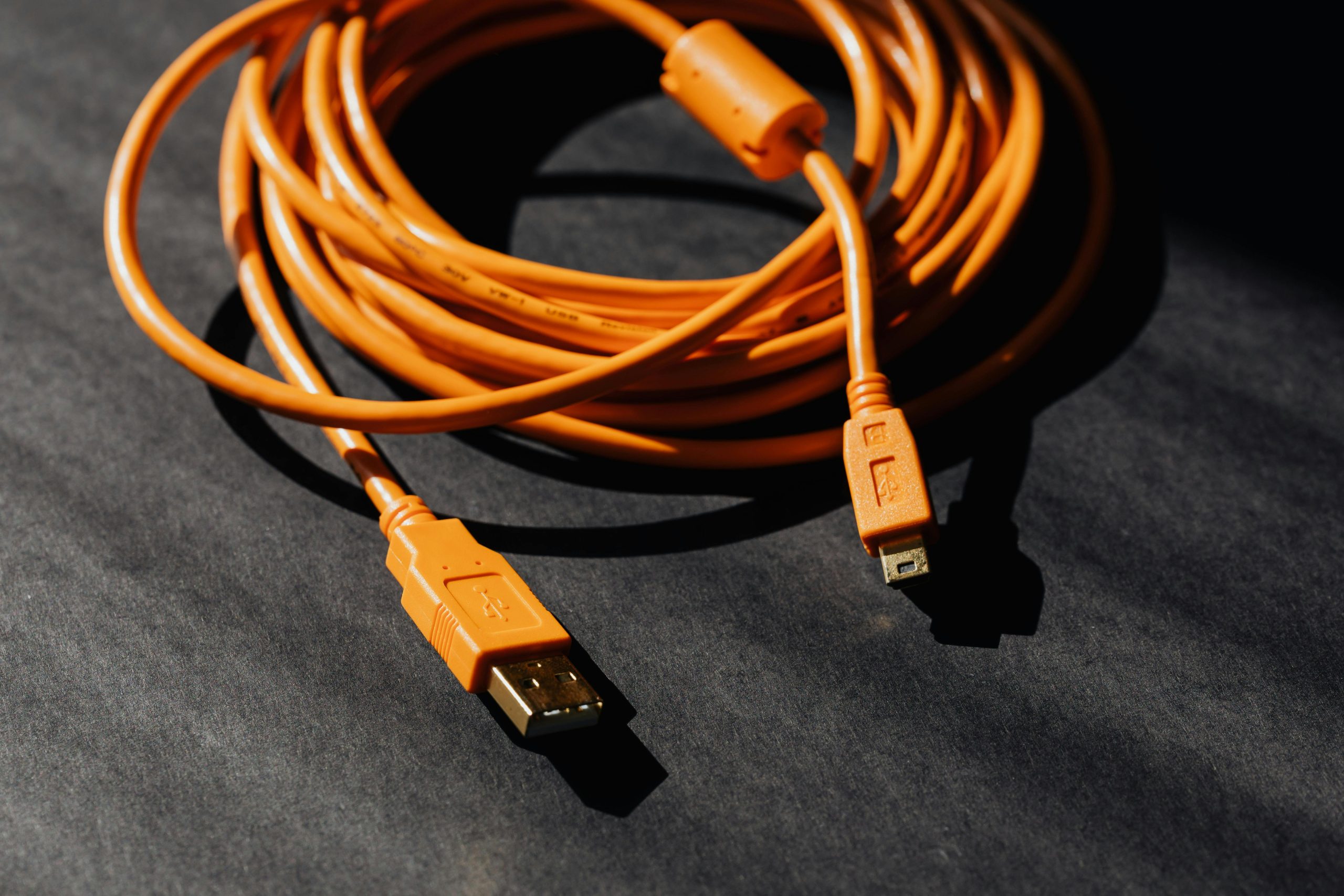Understanding and Resolving Performance Issues After a Windows 10 Installation on Your HP ProBook 440 G3
Introduction
Upgrading or reinstalling Windows can sometimes lead to unexpected performance issues and hardware functionalities that aren’t working as intended. If you’ve recently installed Windows 10 Pro on your HP ProBook 440 G3 and are experiencing lag, unresponsive features, or other operational anomalies, this guide is designed to help you troubleshoot and resolve these problems effectively.
Common Post-Installation Challenges
After a fresh install of Windows 10 Pro, some users may encounter the following issues:
- System Lagging: Slow response times when opening applications or performing tasks.
- Hardware Feature Malfunctions: Brightness control, night shield, and battery saver mode not functioning.
- Sleep Mode Issues: Sleep mode not appearing or not working as expected.
- Boot Process Anomalies: Requiring to hold the power button to restart after initiating a reboot, as opposed to a simple restart.
- Performance Changes: Reduced RAM consumption but potentially at the expense of functionality.
Step-by-Step Troubleshooting
- Verify and Install Necessary Drivers
Many hardware features depend on specific drivers to operate correctly. Post-installation, ensure you have the latest drivers from HP’s official support website for your ProBook 440 G3 model:
- Display Drivers: For brightness and display settings.
- Power Management Drivers: For sleep, battery, and power-saving modes.
- Chipset and Firmware Drivers: To ensure hardware compatibility.
- USB and Peripheral Drivers: To prevent peripheral-related lag.
To update drivers:
- Visit the HP Support website.
- Enter your laptop model (HP ProBook 440 G3).
-
Download and install the latest drivers compatible with Windows 10 Pro.
-
Update Windows and Enable Optional Features
-
Ensure Windows is fully updated via Settings > Update & Security > Windows Update.
-
Check for optional feature updates, including power plans and display features.
-
Adjust Power Settings
Incorrect power plan configurations can hinder sleep mode and affect device responsiveness:
- Open Control Panel > Hardware and Sound > Power Options.
- Select “High Performance” or customize your current plan:
- Set turn off display and sleep settings to your preferences.
- Enable “Allow wake timers.”
-
Consider creating a custom power plan optimized for your use.
-
Check for Hardware Compatibility and Conflicts
-
Use Device Manager (Right-click Start > Device Manager) to look for yellow warning signs.
- Update
Share this content:

